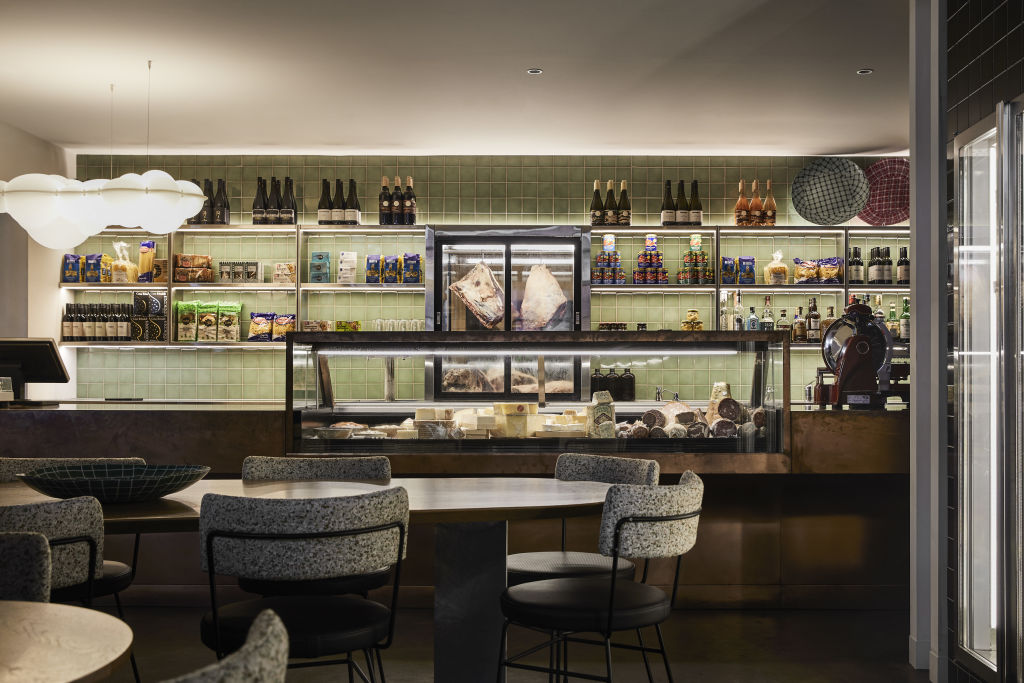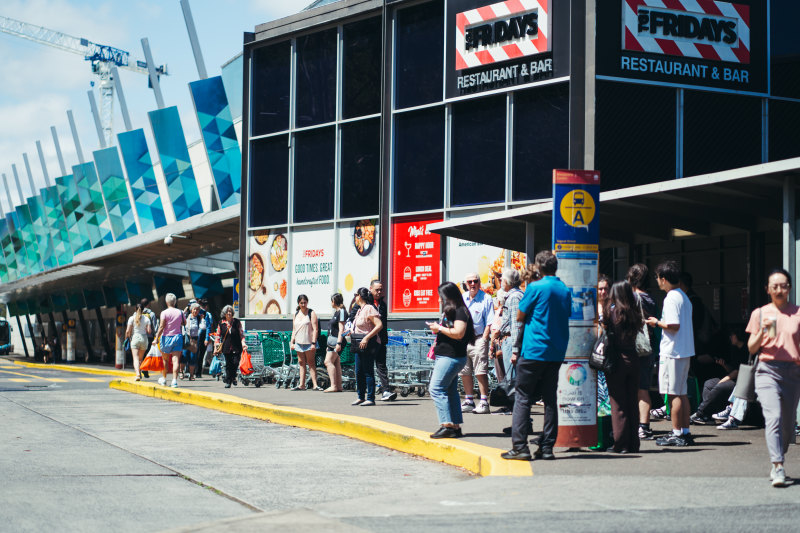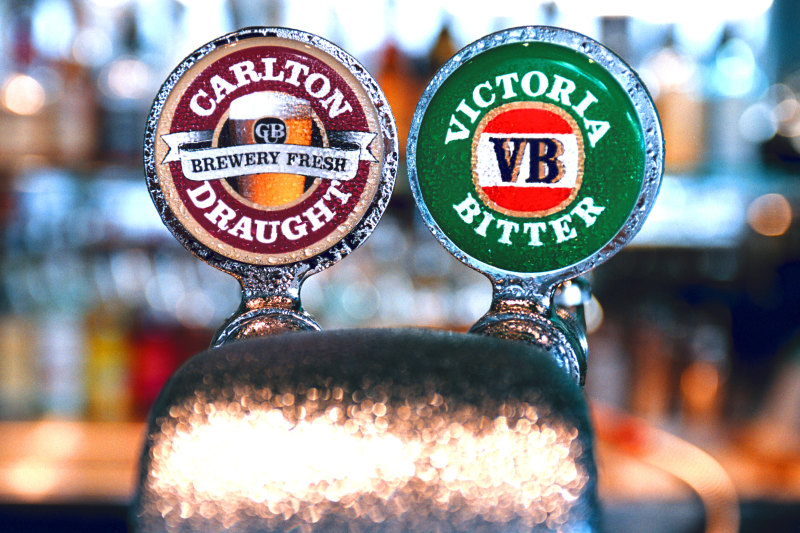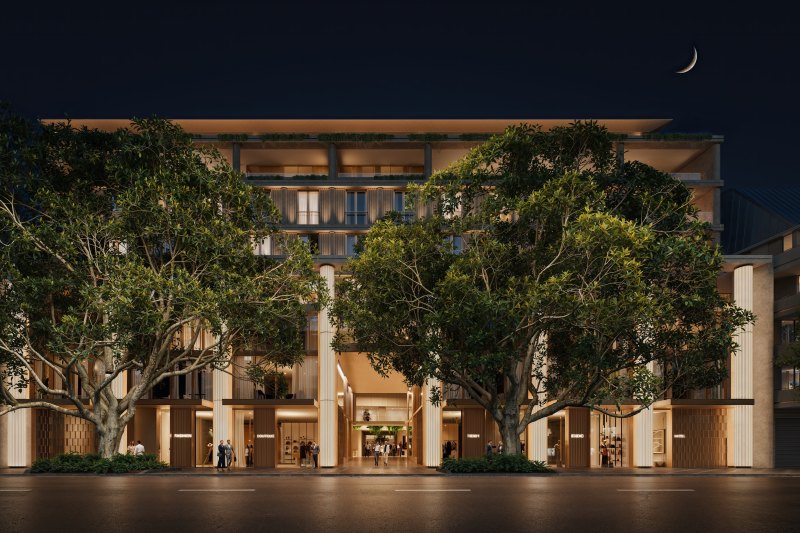
More than 130 new venues enter the Eat Drink Design Awards 2021
The owners of new restaurants, cafes, bars and hotels across the country have defied the misery of COVID-19 lockdowns and towering economic uncertainties to invest millions of dollars in their design and furnishings.
As a totally unexpected result, the annual Eat Drink Design Awards 2021 has clocked up a near-record number of entries
“We’ve been really, really impressed and surprised,” said Cassie Hansen, the jury chair of the Australian and New Zealand hospitality awards, as the final shortlist of finalists was unveiled. “Our biggest year ever had 140 entries, and so this year, we didn’t really expect to reach 100.
“But instead, we ended up with 131 entries which is incredible when you think of the time we’re going through. It shows how much amazing work of a very high calibre is going on, even on tight budgets. The owners of these new hospitality venues are investing regardless and hoping for the best when the pandemic eases. You can’t keep them down!”
Among the shortlists for the seven categories are a number of historic buildings that have been transformed, often at enormous cost and despite construction restriction difficulties, into beautifully designed new pubs, bars and restaurants.
Those finalists include Melbourne’s Little Prince Wine and Prince Public Bar in St Kilda, and Chancery Lane in the CBD, as well as Sydney’s Hinchcliff House in The Rocks and Harbord Hotel in Freshwater, Emily Taylor at the Warders Hotel in Fremantle and Hotel Ponsonby in Auckland.
Judge Sarah Cosentino, co-director of interior design firm Studio Esteta, a two-time previous winner of the awards, said she was also stunned by the number of entrants. “It’s a great line-up of a really high calibre of work which is so impressive, especially from Melbourne which has endured such a number of lockdowns and restrictions.
“But I’m not surprised by the quality of work. Australia and New Zealand have now become really renowned for the strength of their architecture and interior design, and it only seems to be getting better. We’re seeing a wonderful design aesthetic, pared back, with no frills, and seeing old buildings being brought back to life in a modern context.”
With the hospitality industry going through an especially tough 18 months, with little end in sight, the awards are being seen as a great opportunity to celebrate some of the work going on in the space.
Little Prince Wine and Prince Public Bar, for instance, is the transformation, by IF Architecture, of an 82-year-old building on Fitzroy Street that was once a guesthouse, a hotel, a music hotspot, a grungy rock’n’roll venue and the fine-dining restaurant Circa. It was then left empty and squatters moved in.
Now it’s a beautiful drinking and eating destination, paying homage to the area’s LGBTQI history, with special glass on the tables and an oil treatment on the table legs that reflect rainbows.
IF Architecture designer Iva Foschia says the pandemic conditions did make the project much more difficult. Little Prince Wine finally opened, completed, in April last year for just a few hours before being shut down by another lockdown.
“It’s just fortunate now that it can operate supplying take-away food and as retail, with charcuterie, cheese and fridges stocked with things to take home and sous vide,” Ms Foschia said. “We didn’t design it that way expressly for COVID; it was just a happy coincidence. We wanted it to be accessible to all kinds of patrons.
“Similarly, the Prince Public Bar is now open from 7am for breakfast and the bar has a coffee machine, which wasn’t something we originally envisaged. But we’ve had such a positive reaction to the building. People are very happy to see such a much-loved building being brought back to life and occupied.”
Auckland’s Hotel Ponsonby, originally a Post Office building, which later became a Belgian beer barn and then a restaurant, has now been reborn, via CTRL Space, as a contemporary twist on an old-fashioned corner pub, of the type more normally seen in Sydney and Melbourne.
“I think some people saw it as a cursed site as it had been through so many failed operations,” said CTRL director Chris Stevens. “But now it’s crankin’. It’s a modern take on a pub that’s kept the character of the old building but with a family bar and a main public bar and a sports bar.
“It has references to pubs in Australia like the Bakers Arms in Victoria and The Golden Sheaf and The Oaks Hotel in Sydney. It’s pretty amazing to see how quickly it’s taken off.”
Competitors for the titles, organised by Architecture Media and endorsed by the Australian Institute of Architects and the Design Institute of Australia, with winners to be announced on November 5, also include Chancery Lane on Little Collins Street in the Melbourne CBD, by Bergman & Co. It’s the re-imagining of the historic 1880s Normanby Chambers into a moody 2021 restaurant and bar.
Then there’s Hinchcliff House, in a heritage wool store by Circular Quay in Sydney: a new four-storey, four-venue hub with a restaurant and cocktail bar by Mitchell and Eades. Sporting a completely contrasting look is the Harbord Hotel by Alexander & Co., an old 1950s beach pavilion given a fresh beach aesthetic. Finally, in Western Australia, there’s Emily Taylor at the Warders Hotel, an 1851 lodgings for the warders of Fremantle Jail and their families which has become, through Matt Crawford, a stylish boutique hotel and restaurant.
“We see so much great work coming out of Sydney, Melbourne and Brisbane, it’s wonderful to see it coming out of the west too,” said Ms Hansen.
“It’s so difficult with heritage buildings as there are so many constraints and obstacles to overcome, and often they’re in a dilapidated state, but it’s heart-warming to see them beginning a second life, and hopefully one that will endure for many more decades to come.”










